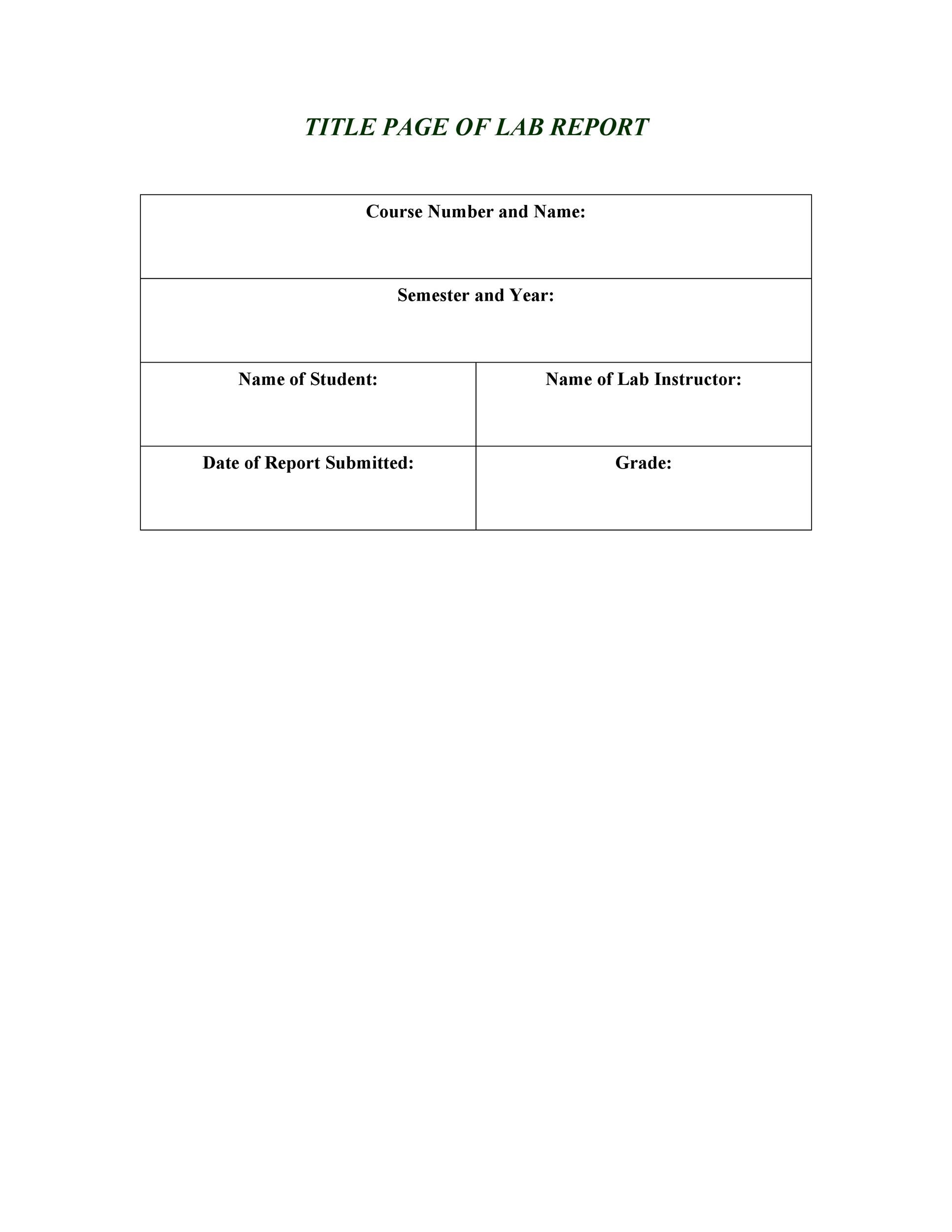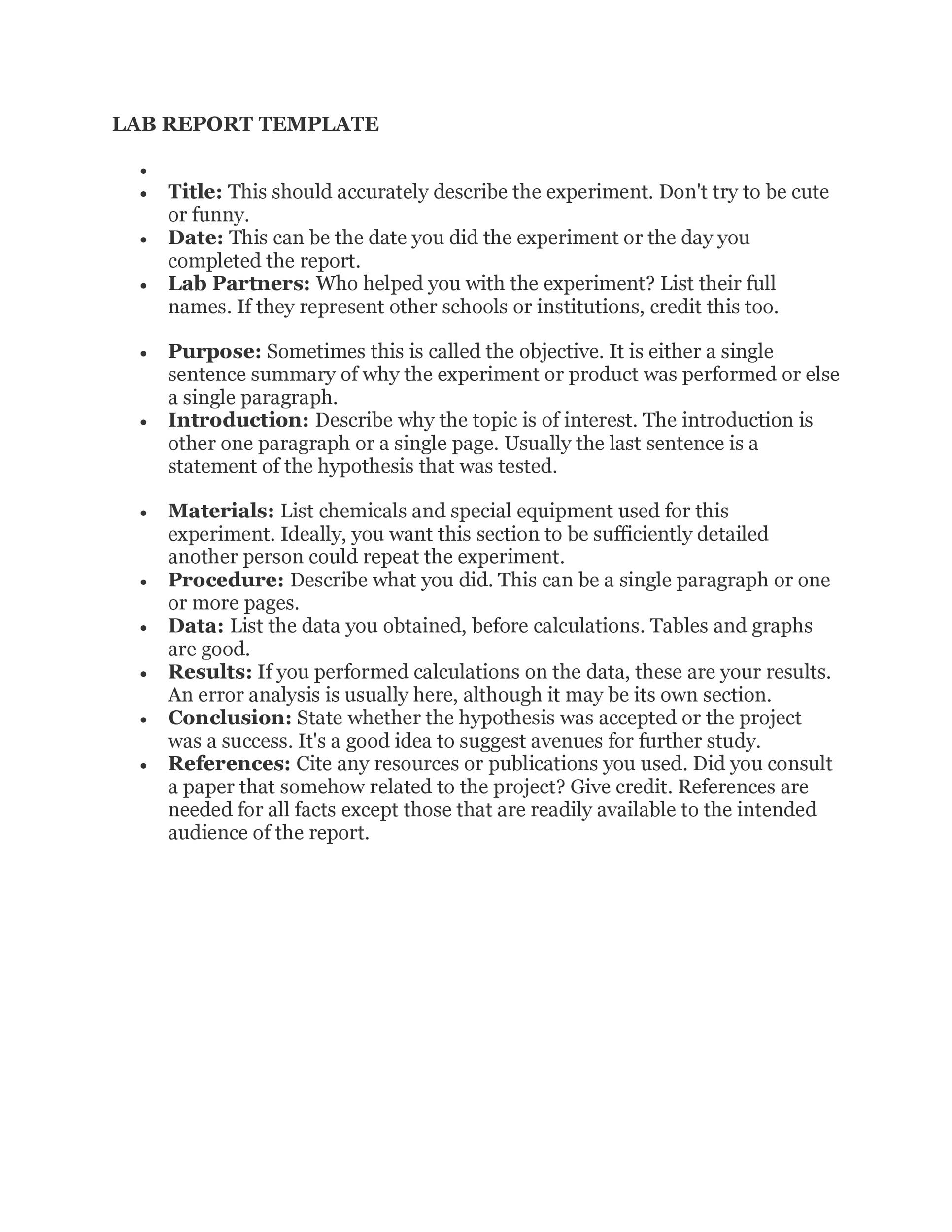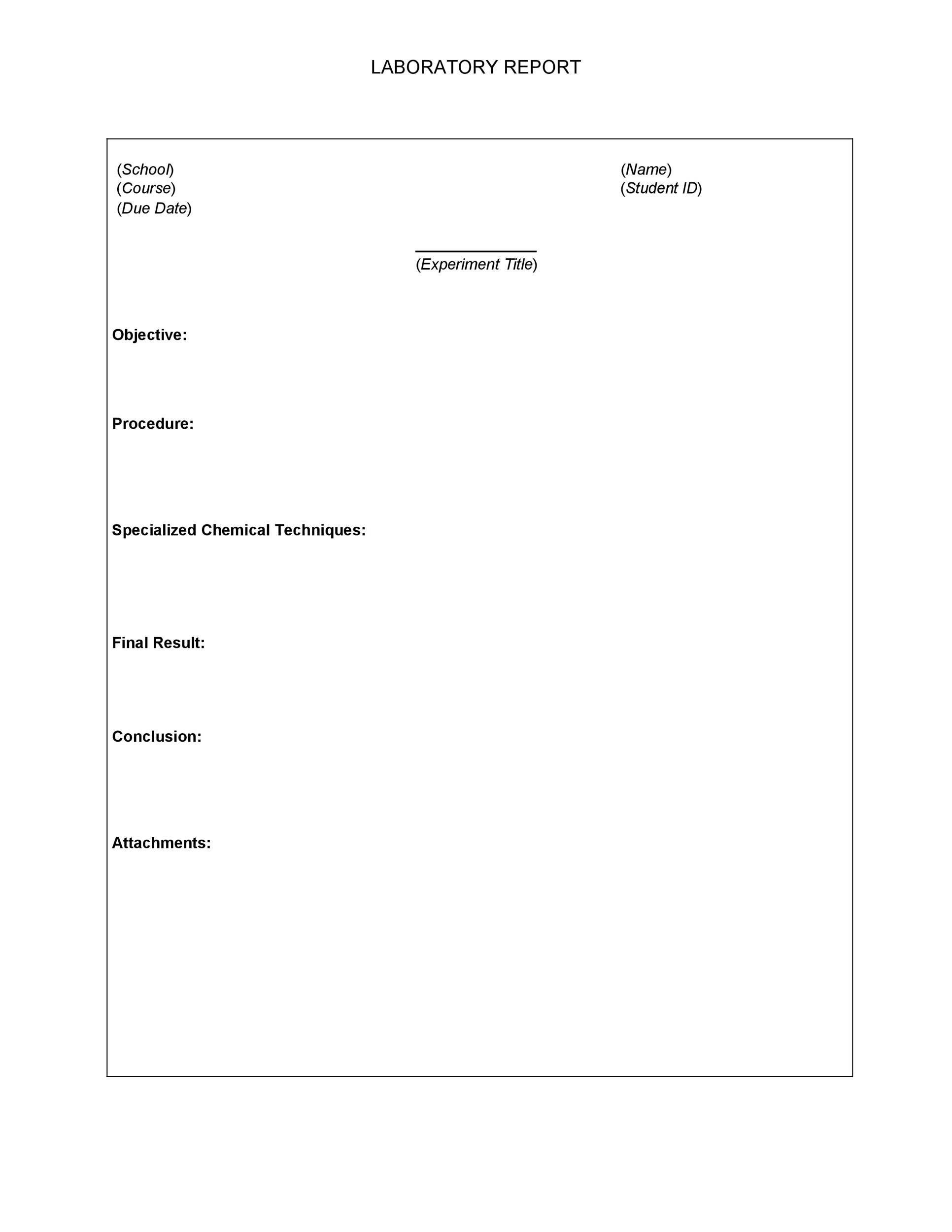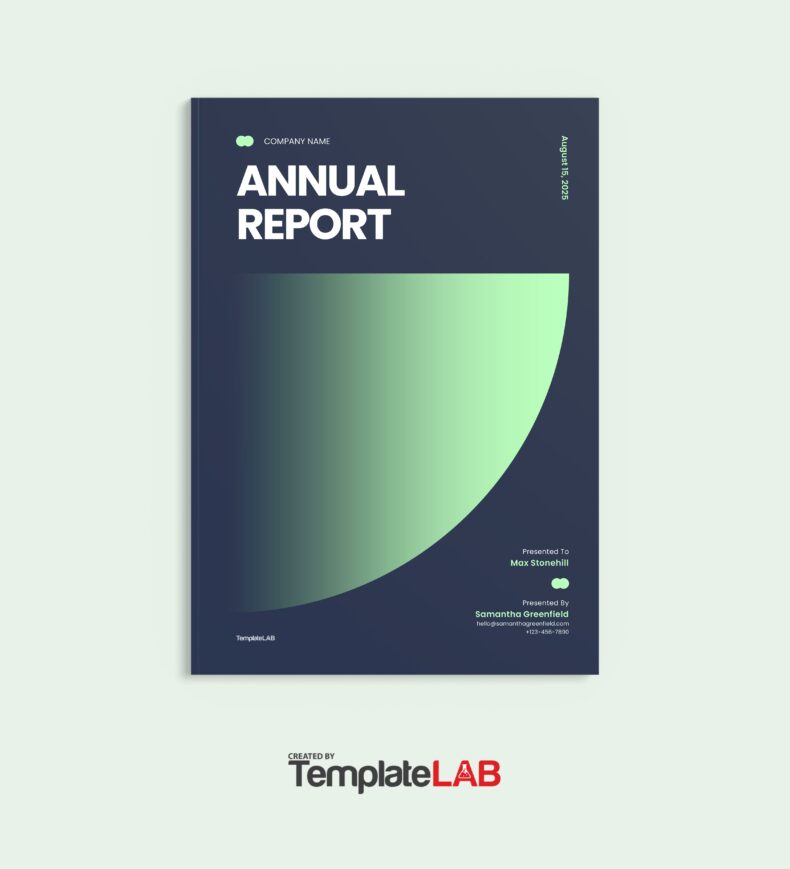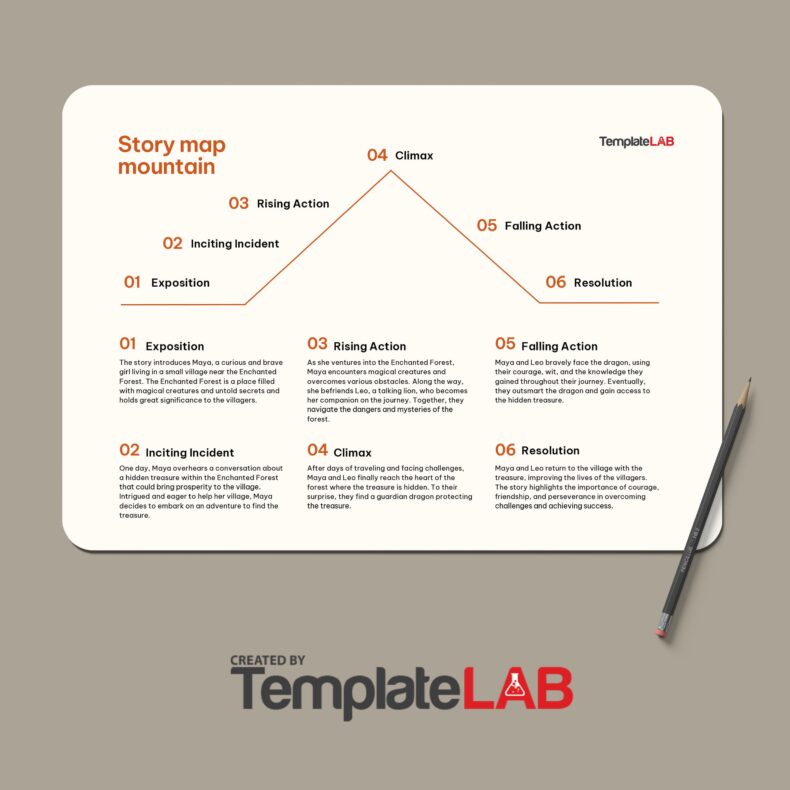Lab report templates are documents which are written to explain, describe and analyze a laboratory experiment which investigates a scientific concept. Usually, they are assigned to students to be able to:
- Carry out a scientific research
- Formulate a hypothesis which is about a specific problem or stimulus
- Review related literature and written works to justify the formulated hypothesis
- Apply relevant statistics to be able to test your hypothesis
- Explore different theoretical explanations
- Evaluate research methodically and objectively
- Communicate clearly and specifically
Table of Contents
When making such a report, it would be virtually impossible to rely on just one explanation for your findings. That is why it’s essential to come up with as many probable and related interpretations as you can. The importance of doing this is that even if your finding doesn’t end up supporting your hypothesis, they would still be worth something. You’d have different explanations which would demonstrate the validity of your findings in different contexts.
This article is all about these kinds of reports from the common types, to the parts and even some helpful tips to guide you in making your own report.
Lab Report Format
Types of Formal Lab Report Templates
Not all kinds of laboratory work would require a report. As a matter of fact, you would usually conduct an experiment and only record the numerical findings. However, if you do need to come up with a formal lab report template, it would be very useful for you to know the different types you can write.
Lab Report Templates
These reports usually have a narrow scope, focused mainly on one problem or stimulus. There are different formats for these types of reports. You can make a report simply by filling in the information on blank lines in a worksheet or you can make a more comprehensive, full report which would contain all the parts (which will be discussed further on). Typically these types of reports would not contain references but students do usually refer to information from lectures or textbooks when making one. You can make different reports on different subjects such as:
- a chemistry lab report template
- a physics lab report template
- a science lab report template
- a biology lab report template
Project Report Templates
This type of report usually has a broader scope than the first one. It deals with a wider understanding of a particular topic or subject. When making this type of report, you don’t have to necessarily record the results of an experiment. Instead, you could provide a description of a design or a concept. Finally, this type of report includes the references used while making it.
Lab Report Examples
Parts of a Lab Report Template
In making a report, whether it’s a chemistry lab report template, a physics lab report template or any report for the subject which has been assigned to you, you’d have to know the different parts of the report. Knowing these would guide you as you are writing your report and all you’d have to do is come up with the content of each of the parts.
The Title of the Report
The title of the report should specify what the whole document is about and what you are studying or experimenting on. The title should explain the environmental factors which are to be manipulated, the parameter/s which are measured and the specific stimuli. It would be better to use concise terms and avoid adding any unnecessary terms just to add to the length of the title.
The Abstract
This is basically a reduced or summarized version of the entire report. It would typically be around 250 words only, not too lengthy. The abstract would be used to quickly understand the purpose, the methods, the results and the importance of your research without having to read the whole report.
Abstracts which are published in academic journals are very useful especially when you are conducting research in the library. You can go through them quickly to find out if the said report is related to your topic. You would have to order the content of your abstract the same way as you would the rest of the report:
- Start with a background sentence which would introduce your report.
- Write the main objective of your report and the hypothesis.
- Make a description of the key points in your methodology.
- Summarize your results quantitatively and qualitatively.
The Purpose or Introduction
The next would be the purpose or objective of your report. Start with the problem or the issue you are trying to solve then provide some background information about it. It should be direct, concise and easy to understand.
It should include a short review of previous literature which is relevant to your problem and an explanation on how your experiment will help to make clear or add to the existing knowledge. The final sentence of the introduction should be a purpose statement, which would specifically define the question which your experiment is meant to answer. To build the foundation of your introduction or purpose, you may have to use different resource materials.
Materials and Methodology
This part would be all about how and when you had done your work. It should include the experimental design, materials, equipment and apparatus used in the experiment, the methodology you had used to gather and analyze the data and all other types of control.
All the information you write here must be clear and in full detail so anyone who would like to replicate your experiment will be able to. Since you have already done all these procedures, you have to write this part using the past tense. Here are some tips for you:
- Use either a passive voice or an active first person voice when making your descriptions.
- Reference any and all methodology which you have adapted from other sources.
- Make use of illustrations, photographs, maps and such, if needed to describe the experimental setup.
- Make a description of the procedures you had altered as compared to the procedures which you had used as a reference.
Findings and Results
When presenting the results or findings, just write down your observations and all the relevant data without adding any interpretations or conclusions about their meaning. When organized and written well, this section would provide the structure for the next part of your report.
Document all of your findings in the order you’ve made your observations. Make sure to use complete sentences so they would be easier to understand. You can also use diagrams, tables and such which would support the results and possibly make them even easier to understand.
- It would be better to use both worded and numerical data in describing your results. Also, make sure to use appropriate terminologies.
- Use the past tense when describing your findings.
- Detailed calculations or results can be added to your report as an appendix.
Discussion
In this section, you would be discussing your results and findings. You would be explaining how your research or experiment related to the previous work which had been done in the same field. You’d also make explanations about what you think your results mean.
- Make a description of the relations and patterns which had emerged.
- Discuss why you had observed what you did, how the results happened and how it is related to the whole purpose of your experiment.
- Make a comparison of your results to the trends which are described in the published literature as well as to theoretical behavior.
- Supplement your interpretations with different references.
- Make sure you are always descriptive so that your discussion part will be easy to understand by the readers.
- Here you would have to either accept or reject the hypothesis you had written. Provide an explanation why using the findings of your experiment.
Conclusion
The very last part of your formal lab report template would be the conclusion. Here you’d have to include a short sentence which would restate the purpose, the main results and how these results are important to the field of study.
Tables and Other Figures
These are often added into a report to present data which is more complicated. Here are some guidelines for you:
- Tables are just tables while all other relevant items like diagrams, maps, graphs and such are referred to as figures.
- Number all your tables and figures in order so they can easily be located when they are referred to in the rest of the text.
- All the tables and figures must also have their own titles which are self-explanatory so that they can be understood on their own.
References
You may include the references you had used throughout your whole research and experimentation or not. However, if you do, you must write them down appropriately and well.
- It’s usually a list which is written on a separate page at the end of the report.
- All information which is not originally your must be included in the reference section.
- Reference all the literature which you had used as well.
If you’re making a formal report, whether it’s a science lab report template, a biology lab report template or such, you have to include all these sections. For further reference, there are plenty of report samples available online. But before you start writing your report, you have to do a few things, which we will be discussing next.
Lab Report Templates
Things to Do Before Writing Your Lab Report Template
Writing a formal lab report template can be quite a tedious process, especially if you’re not prepared. Probably the very best way to prepare yourself is to make sure that you completely understand everything you need to about the whole experiment. Here are a few steps to guide you:
- Do as much research as you can about your experiment. Here are some important questions to ask yourself:
- What am I to learn from the experiment?
- What experiments are to be done in the lab?
- What procedures am I to do and why will I do them that way?
- Why would I benefit from the knowledge I gain from the experiment?
- Consult with a lab supervisor or anyone who you know has ample knowledge about the experiment or the research.
- Plan all the steps of the experiment with much thought. Don’t rush into things. Think of each step thoroughly so you can be sure that you will perform the experiment accurately.
- Take some time to think about an ideal way to collect and organize the results and findings before you even start. If you need to, create tables and forms to jot down the data more effectively.
- If you are working with a group, make sure to communicate well with everyone. Consult before making decisions and ask questions to make sure that everything is clear.
- Your audience must also be a consideration. Just because the report is yours or your group’s, it doesn’t mean that no one else will be reading it. Therefore it is important to keep in mind that you would need to record everything. Documenting everything will be helpful to you and to the other people who will be reading your report.
No matter what you do, preparing must always be part of the entire process so that everything else will flow a lot more smoothly. Now let’s move on to some tips to help you out as you are writing your lab report template.
Tips for Writing Your Lab Report Template
Making a great formal lab report template would involve a lot of steps. From the moment you decide to make do the experiment all the way to the end. Here we’ve compiled for you a few tips to guide you from start to finish. Read on and be guided by these steps:
The Pre-Lab Report
- The introduction would discuss the problem which is being studied or experimented on as well as the relevant theories. Typically it would be 4-5 sentences long.
- The idea here would be to summarize your report in a short paragraph. Use your own words rather than copying words from other literature.
- Include a background sentence which would explain why you are doing the experiment, what is its importance as well as other experiments which have been made in the past.
- Write down the goal of your experiment – what you are planning to do and what you are hoping to achieve. This is probably one of the most important parts so make sure to think about this carefully.
- You would also have to elaborate on some of the techniques and methodologies which you are planning to use to achieve your goal. If you think it is relevant, write it down, especially when you are making your draft.
- Remember to keep your introduction direct and brief. No one wants to read a report when just the introduction would be too long.
- The procedural flowchart of your report can be longer than the introduction but it should not exceed one page. An effective flowchart would give the reader a good idea and understanding of what is to be done in the experiment even without much detail.
- This would serve as a “roadmap” of the experiment. A flowchart is more visual and typically a lot easier to understand than a list of detailed steps. It should cover all the steps briefly, in a manner which is easy to follow.
- Sentences must be short and simple. Making this would allow you to really think about the procedures of your experiment as you try to summarize them. You don’t just rewrite the procedure in a flowchart format; instead, you’d have to reword them.
The In-Lab Responsibility
- When gathering and taking down data, always write with a pen. This is to ensure that relevant information doesn’t get erased.
- Immediately record data in a place where you won’t lose it – such as in a notebook or on a piece of paper which is filed in a folder. Never record data on scrap paper which you might end up throwing away.
- Until you’ve made your report and finalized it, try not to throw anything out. You never know, the things you’ve thrown out may contain information vital to your report.
- As much as you can, back-up the all your results and findings. This is so that you don’t lose any important information.
- Aside from gathering data, results, and findings, it’s also very important to make note of observations. As you are going through with the experiment, note down all the different observations which you may interpret while making your report.
- Write everything down in a notebook or something similar then while you are making your report, you can use your notes to build the content. Observations are key to making a great report. As you write them down, you will be able to remember crucial details while you are creating your report at the end of the experiment. So always remember: write what you are doing and do what you are writing.
The Post-Lab Report
- From the raw data which you had collected, start recopying everything in a more organized way. Place the data in tables, graphs or any kind of presentation which you would think make the data readable and easy to understand.
- When calculations are involved, it would be ideal to include all the formulas you are using in your calculations. It would help you make your calculations and it would also help the readers understand how you’ve made your calculations.
- Include all the work you have done to reach the final numbers which you would be adding to your conclusion. In doing this, you will be able to come to accurate results. It’s a good practice to calculate and recalculate using the formulas so that you are sure of your answers.
- When working in a group, more than one members of the group should try making the calculations so you can check whether you arrive at the same answers.
- Calculations are an important part of the report (when they are needed) so you should be sure that they are all correct. Making mistakes in this area might lower your credibility and compromise the results and findings of your experiment.
- The conclusion of your report is a lot similar to the introduction. The main difference is it would summarize everything you did instead of everything you are planning to do.
- The conclusion is very important because your report might be quite long and the reader may not remember all the key points when they reach the end of the document. It would also give you a chance to give an explanation if anything had gone wrong or if you have any suggestions for improvement.
- Much like the introduction, your conclusion should be short and direct. To help you out further, make sure to include the following:
- Briefly restate the methodology you had gone through.
- Reiterate all the results you had calculated as well as all of your findings. You don’t have to include the raw data, just the key results which are most relevant to the experiment.
- Write down what you think the findings mean. Whether the results are good or bad, you would have to make comments about the results. Include some of your interpretations as well, as long as you remember not to make the conclusion too lengthy.
- Finally, write a concluding statement which would provide closure to your whole report.
- When you are done with the report, proofread it. Check for any errors and check if all your spellings and grammar are correct. If working in a group, make sure more than one of the members of the group would be in charge of proofreading.






